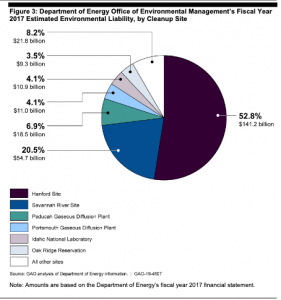Today the National Nuclear Security Administration (NNSA) announced:
To achieve DoD’s [the Defense Department] 80 pits per year requirement by 2030, NNSA’s recommended alternative repurposes the Mixed Oxide Fuel Fabrication Facility at the Savannah River Site in South Carolina to produce plutonium pits while also maximizing pit production activities at Los Alamos National Laboratory in New Mexico. This two-prong approach – with at least 50 pits per year produced at Savannah River and at least 30 pits per year at Los Alamos – is the best way to manage the cost, schedule, and risk of such a vital undertaking.
First, in Nuclear Watch’s view, this decision is in large part a political decision, designed to keep the congressional delegations of both New Mexico and South Carolina happy. New Mexico Senators Tom Udall and Martin Heinrich are adamantly against relocating plutonium pit production to South Carolina. On the other hand, South Carolina Senator Lindsay Graham was keeping the boondoggle Mixed Oxide (MOX) program on life support, and this pit production decision may help to mollify him. This could also perhaps help assuage the State of South Carolina, which is suing the Department of Energy for failing to remove plutonium from the Savannah River Site as promised.
But as important is what is NOT in NNSA’s plutonium pit production decision:
• There is no explanation why the Department of Defense requires at least 80 pits per year, and no justification to the American taxpayer why the enormous expense of expanded production is necessary.
• NNSA avoided pointing out that expanded plutonium pit production is NOT needed to maintain the safety and reliability of the existing nuclear weapons stockpile. In fact, no production of plutonium pits for the existing stockpile has been scheduled since 2011, and none is scheduled for the future.
• NNSA did not mention that in 2006 independent experts found that pits last a least a century. Plutonium pits in the existing stockpile now average around 40 years old. The independent expert study did not find any end date for reliable pit lifetimes, indicating that plutonium pits could last far beyond just a century.
• NNSA did not mention that up to 15,000 “excess” pits are already stored at the Pantex Plant near Amarillo, TX, with up to another 5,000 in “strategic reserve.” The agency did not explain why new production is needed given that immense inventory of already existing plutonium pits.
• Related, NNSA did not explain how to dispose of all of that plutonium, given that the MOX program is an abysmal failure. Nor is it made clear where future plutonium wastes from expanded pit production will go since operations at the troubled Waste Isolation Pilot Plant are already constrained from a ruptured radioactive waste barrel, and its capacity is already overcommitted to existing radioactive wastes.
• NNSA did not make clear that expanded plutonium pit production is for a series of speculative future “Interoperable Warheads.” The first IW is meant to replace nuclear warheads for both the Air Force’s land-based and the Navy’s sub-launched ballistic missiles. The Obama Administration delayed “IW-1” because the Navy does not support it. However, the Trump Administration is restarting it, with annual funding ballooning to $448 million by 2023, and “IW-2” starting in that same year. Altogether the three planned Interoperable Warheads will cost at least $40 billion, despite the fact that the Navy doesn’t support them.[1]
• NNSA’s expanded plutonium pit production decision did not mention that exact replicas of existing pits will NOT be produced. The agency has selected the W87 pit for the Interoperable Warhead, but its FY 2019 budget request repeatedly states that the pits will actually be “W87-like.” This could have serious potential consequences because any major modifications to plutonium pits cannot be full-scale tested, or alternatively could prompt the U.S. to return to nuclear weapons testing, which would have severe international proliferation consequences.
• The State of South Carolina is already suing the Department of Energy for its failure to begin removing the many tons of plutonium at the Savannah River Site (SRS). NNSA’s pit production decision will not solve that problem, even as it will likely bring more plutonium to SRS.
• The independent Defense Nuclear Facilities Safety Board has expressed strong concerns about the safety of plutonium operations at both the Los Alamos National Laboratory (LANL) LANL and SRS, particularly regarding potential nuclear criticality incidents.[2] NNSA did not address those safety concerns in its plutonium pit production decision.
• Politicians in both New Mexico and South Carolina trumpet how many jobs expanded plutonium pit production will create. Yet NNSA’s expanded plutonium pit production decision does not have any solid data on jobs produced. One indicator that job creation will be limited is that the environmental impact statement for a canceled $6 billion plutonium facility at LANL stated that it would not produce a single new Lab job because it would merely relocate existing jobs. Concerning SRS, it is doubtful that pit production could fully replace the jobs lost as the MOX program dies a slow death. In any event, there certainly won’t be any data on the greater job creation that cleanup and renewable energy programs would create. Funding for those programs is being cut or held flat, in part to help pay for nuclear weapons programs.
• Finally, the National Environmental Policy Act (NEPA) requires that major federal proposals be subject to public review and comment before a formal decision is made. NNSA’s decision does not mention its NEPA obligations at all. In 1996 plutonium pit production was capped at 20 pits per year in a nation-wide Stockpile Stewardship and Management Programmatic Environmental Impact Statement (PEIS). NNSA failed to raise that production limit in any subsequent NEPA process, despite repeated attempts. Arguably a decision to produce 80 pits or more per year requires a new or supplemental nation-wide programmatic environmental impact statement to raise the production limit, which the new dual-site decision would strongly augment. This then should be followed by whatever site-specific NEPA documents might be necessary.
Jay Coghlan, Nuclear Watch Director, commented, “NNSA has already tried four times to expand plutonium pit production, only to be defeated by citizen opposition and its own cost overruns and incompetence. But we realize that this fifth attempt is the most serious. However, we remain confident it too will fall apart, because of its enormous financial and environmental costs and the fact that expanded plutonium pit production is simply not needed for the existing nuclear weapons stockpile. We think the American public will reject new-design nuclear weapons, which is what this expanded pit production decision is really all about.”
# # #
[1] See 2012 Navy memo demonstrating its lack of support for the Interoperable Warhead at https://nukewatch.org/wp-content/uploads/2018/12/Navy-Memo-W87W88.pdf.
[2] For example, see Safety concerns plague key sites proposed for nuclear bomb production, Patrick Malone, Center for Public Integrity, May 2, 2108, https://www.usatoday.com/story/news/nation/2018/05/02/safety-concerns-nuclear-bomb-manufacture-sites/572697002/

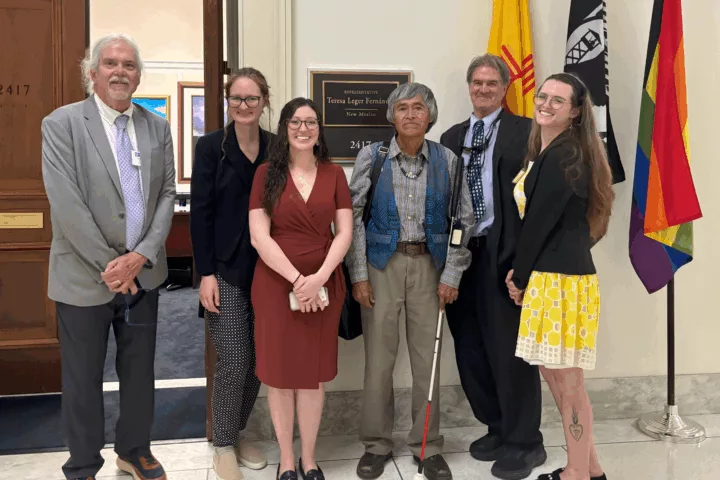
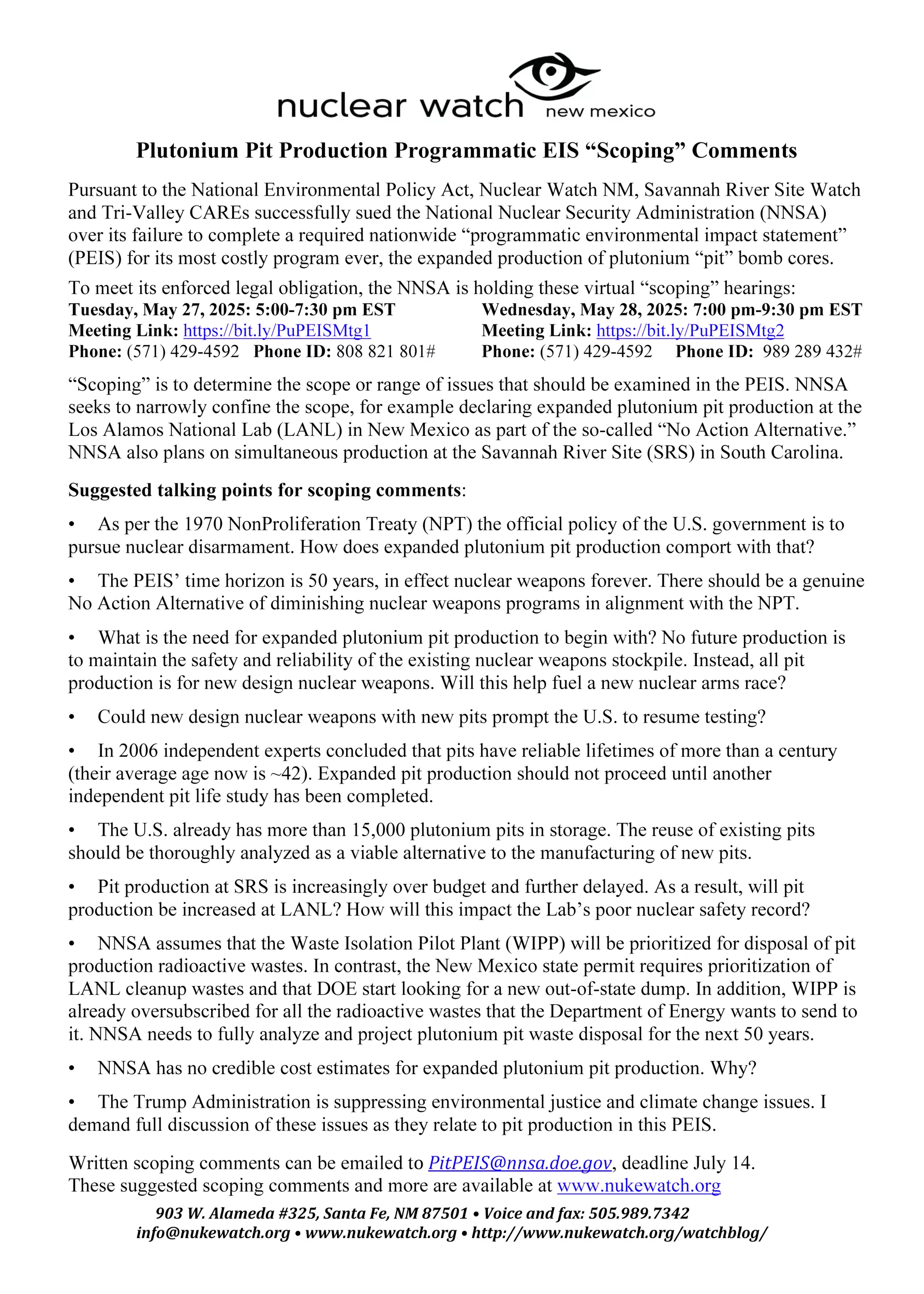
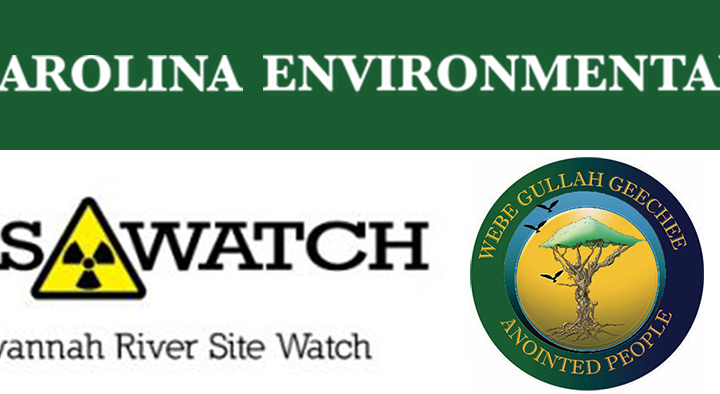

 NNSA’s Performance Evaluation Reports for its eight nuclear weapons research and production sites
NNSA’s Performance Evaluation Reports for its eight nuclear weapons research and production sites

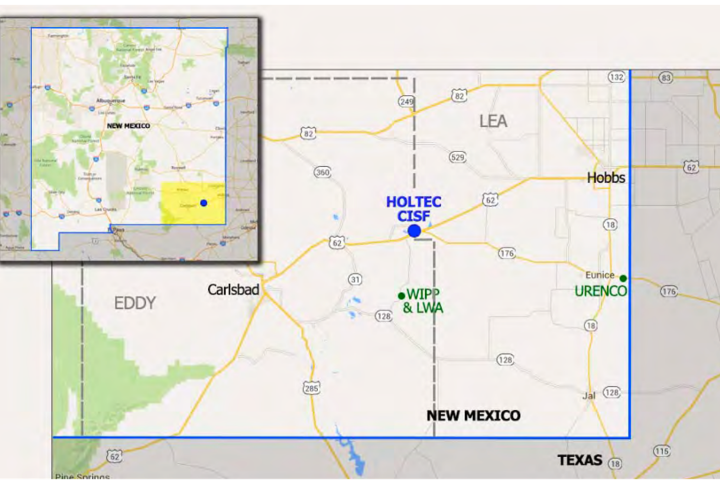
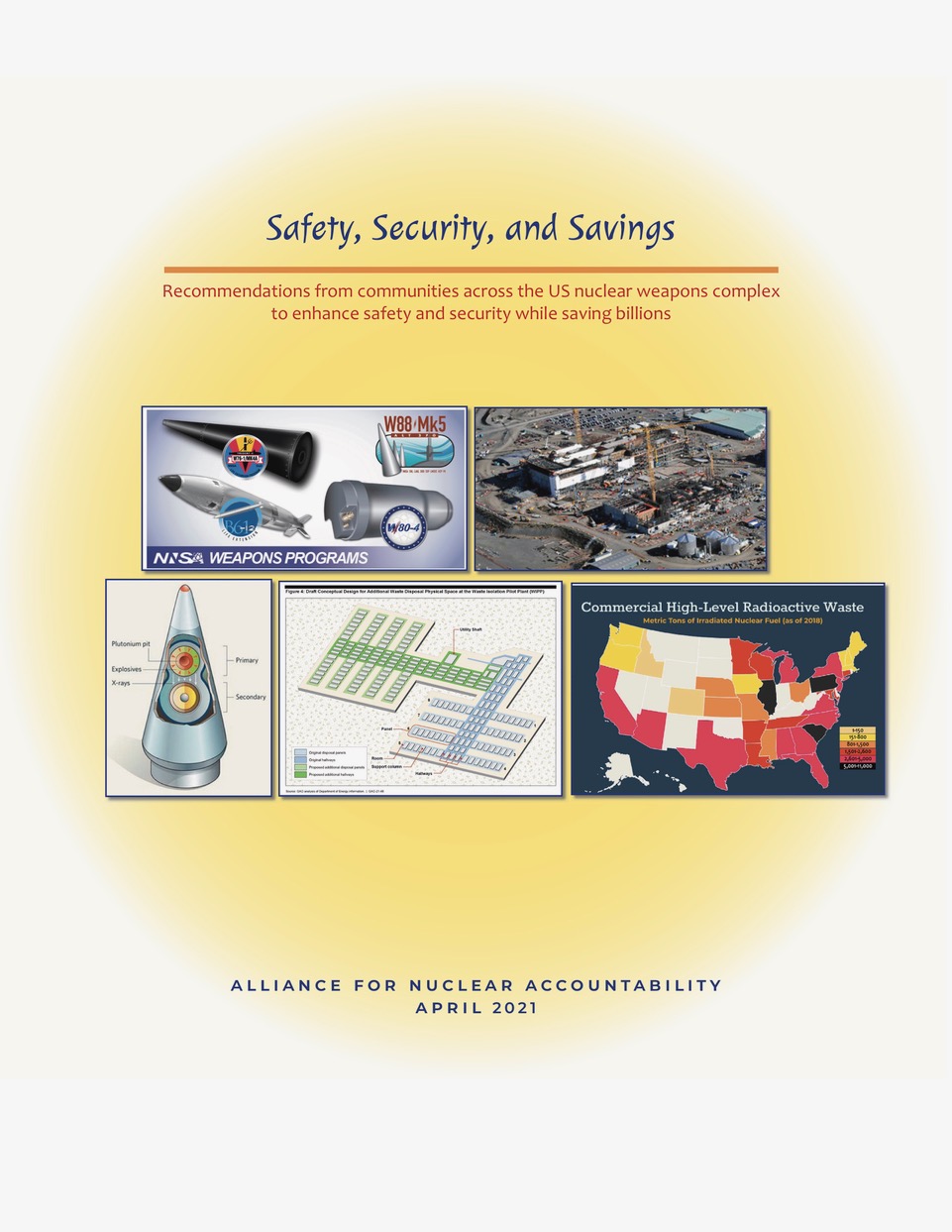
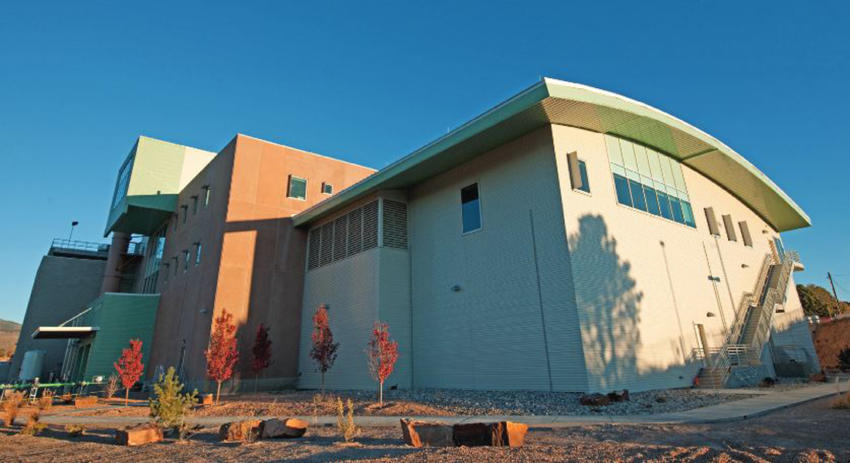
 Today, in the middle of the growing coronavirus pandemic, the U.S. Department of Energy ignored the real national crisis and irresponsibly shifted its focus to planning for nuclear war, revealing plans to construct a Plutonium Bomb Plant (PBP) at the Savannah River Site (SRS) in South Carolina.
Today, in the middle of the growing coronavirus pandemic, the U.S. Department of Energy ignored the real national crisis and irresponsibly shifted its focus to planning for nuclear war, revealing plans to construct a Plutonium Bomb Plant (PBP) at the Savannah River Site (SRS) in South Carolina.
